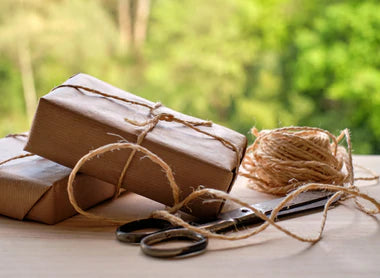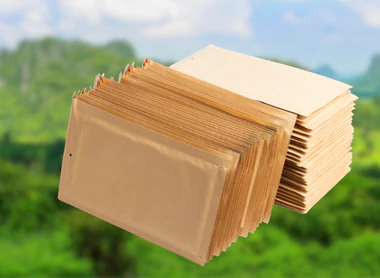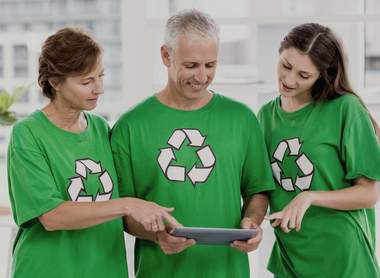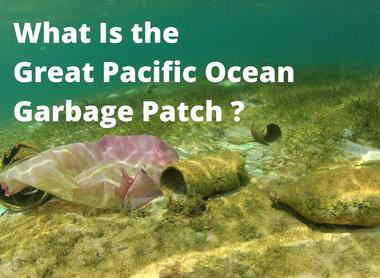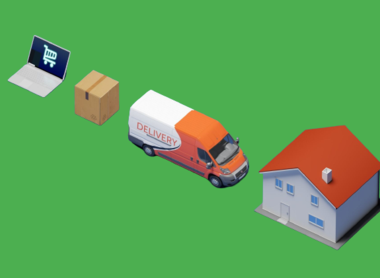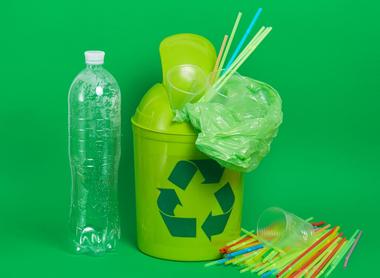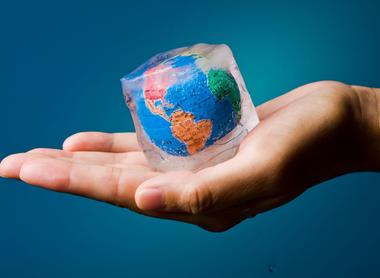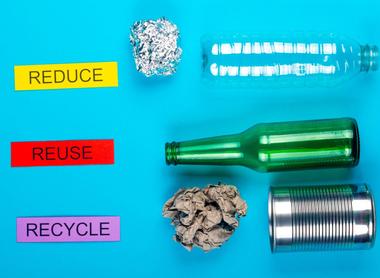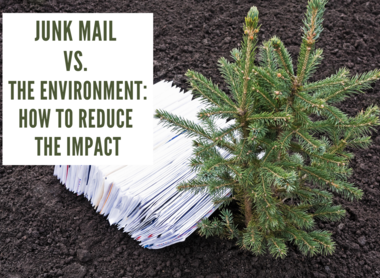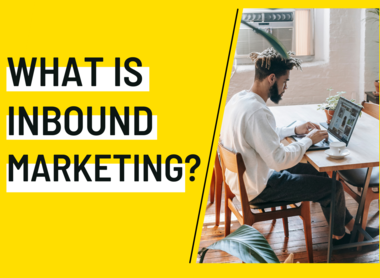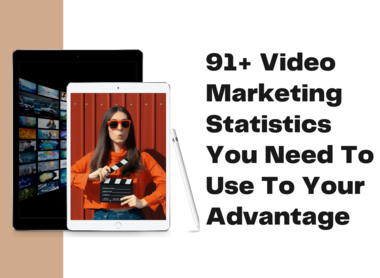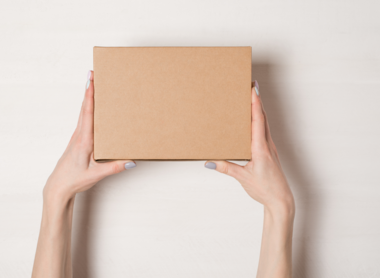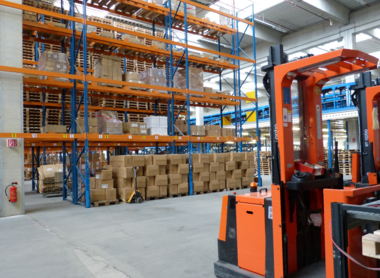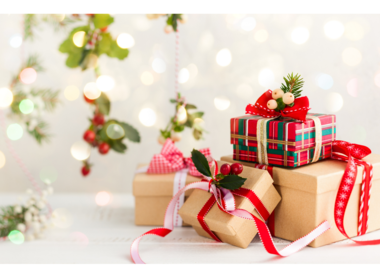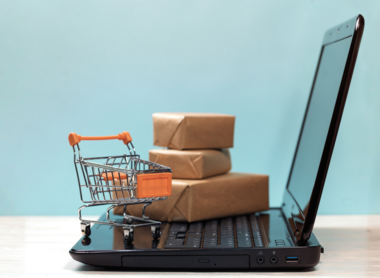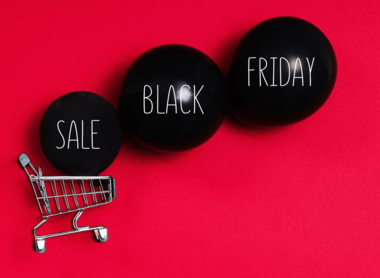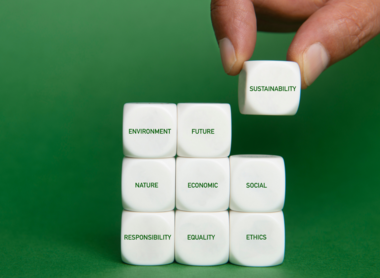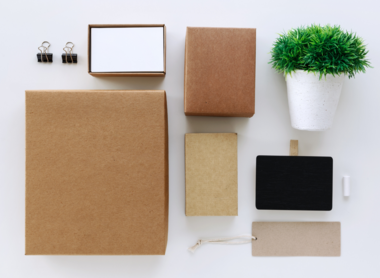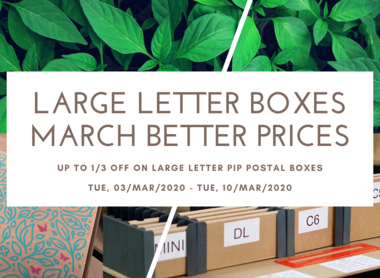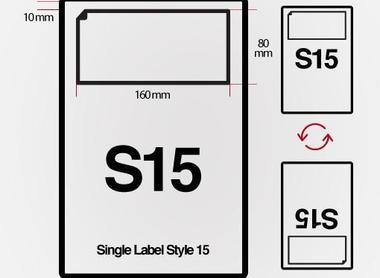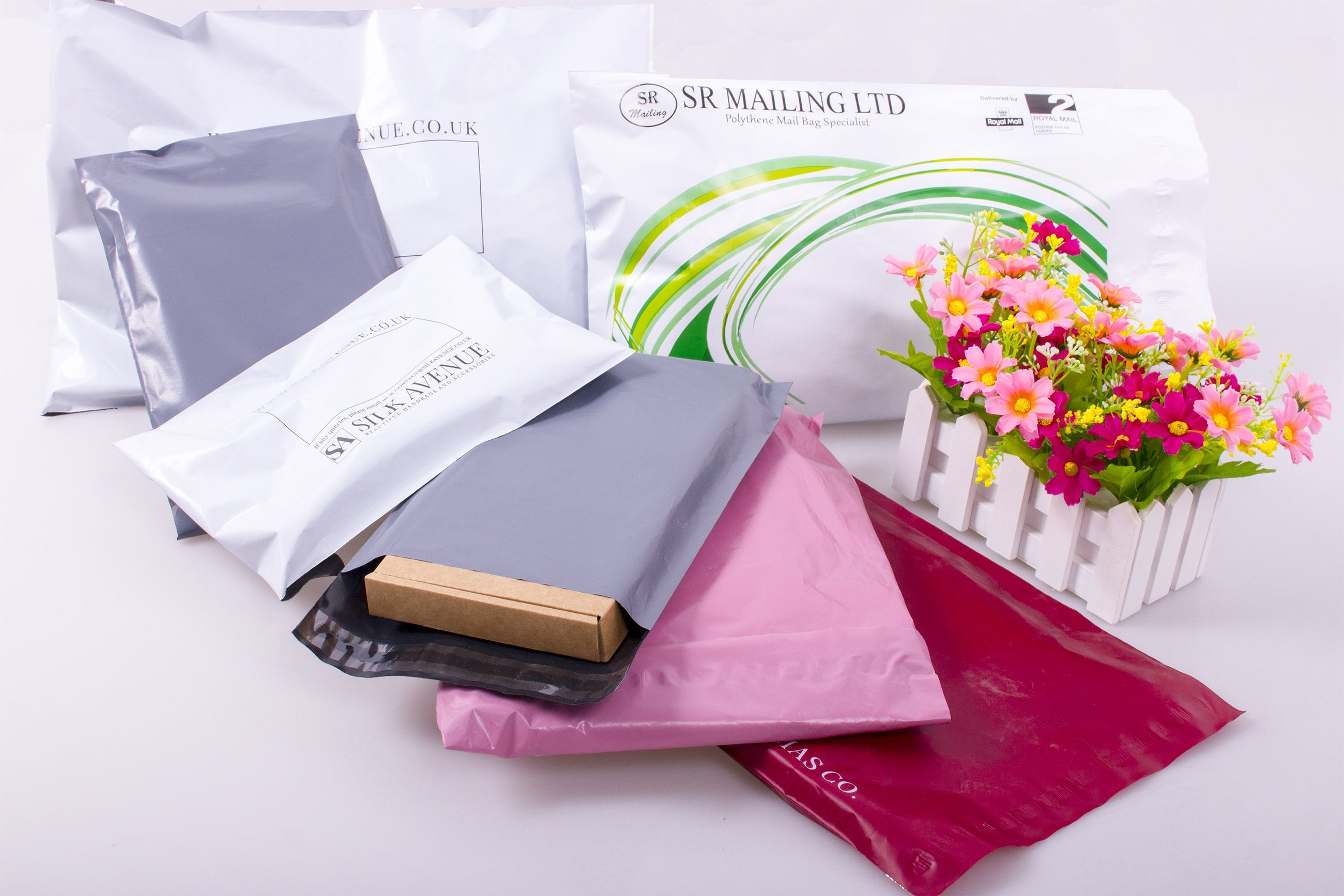Why Your Product's Packaging Is as Important as the Product Itself

Reasons Your Product Packaging Matters
There are loads of reasons that product packaging matters. Packaging is there for several key reasons that most people could identify if they were asked to, and these include identifying and promoting the product, as well as protecting the product, both during storage and while being transported.
Although these are the main reasons that product packaging matters, they are not quite as simple as they appear on the face of it – and that means that we need to look closer.
Packaging Sets Your Product Apart From Other Items
Your product may not be completely unique, but you want and need customers to buy your product, not the one made by your competitor. That means your product needs to catch their eye – and that can be really hard to do if there are plenty of other products like yours. Research shows that 72% of US consumers make purchase decisions based on product packaging design – and UK customers are likely to be pretty similar too.
The hair care brand TIGI does this really well with their BED HEAD range. Not only are all their products named in a witty and clever way, but the packaging uses bright colours, sometimes using colours that clash. Some of their products – such as their After Party Smoothing Cream have unique, and somewhat suggestive look to the packaging that is certainly not a coincidence. (we also applaud their steps towards sustainable packaging, that were announced earlier this year!)
For TIGI, this brightly coloured, funky packaging is an important part of their sales strategy. Where the products are being sold in-salon, staff can easily showcase the products to the customers, simply by placing the item in front of the customer as they are using it. Not only that, but as long as the customer knows that the products are made by TIGI (which many salons will display on their website), even if the customer forgets the name of the product, they can easily find out which one it is by searching for the colour and shape of the packaging. This helps to increase sales even further, both in-salon, through the brand website and on marketplaces. And that, of course, is the power of great product packaging design.
Quality Packaging Implies A Quality Product
Well thought out product design isn’t just about keeping the product intact during transportation. High quality packaging conveys the message that your product is also high quality, and that will encourage customers to buy. You wouldn’t expect to buy a piece of fine jewellery and receive it wrapped in a brown paper bag – you expect a high quality box, probably embossed with the maker’s logo, and likely tied with a ribbon. Although this simplifies the point, it is an important one to note, whatever product you’re selling.
Your Packaging Increases Brand Awareness
Think about Apple products for a moment. They’re instantly recognisable, an if there’s a phone or laptop made from white or silver grey, chances are it is an Apple product – and if it isn’t, then the designers of that product are likely to have been inspired by Apple design.
iPhones are packaged in sleek white boxes with minimal amounts of text and images, with a simple photo of what is contained inside the box. But not only that, the boxes for the iPhone 12 and iPhone 12 Pro are designed in such a way that when they are unpacked, they look reminiscent of a classic iPod. Now, we don’t know for certain that this was done intentionally, but Apple isn’t the sort of company that allows design coincidences. Loyal Apple customers will absolutely have made the connection here, and will be amused and enamoured by the throwback to the original styling of the box. Perhaps it will have even encouraged them to dig their old iPod out to make the comparison and make a social media post about it, making even more people aware of it.
Great Packaging Builds Associations With Your Company
There are a number of businesses that are instantly recognisable by the colour that they use to wrap their products. Think about Cadbury purple, Tiffany blue, and Barbie pink – there are relatively few people that wouldn’t be able to identify those colours, and those companies are likely to be named alongside the colour too. That isn’t where it stops either, there are plenty more colours that are linked to certain companies. Colours are intrinsically linked to company branding, and the use of colour is really important, especially where food products are concerned – it is the reason that so many fast food restaurants use red, since the colour encourages the appetite. We could go into a deep dive about colour psychology here, with all the connotations that different colours have, but that really is another post – so suffice it to say that colour psychology is well worth looking into when you’re designing product packaging.
The use of colour can change from season to season too – think about how Starbucks changes the colour of their cups for the Christmas holiday season. Despite the fact that we’d prefer to use our reusable cups, we still get excited when we see those iconic red cups appearing from November onwards – and the millions of posts on social media prove that is the case too. Other coffee shops have attempted to replicate the success of the Starbucks holiday cup, but there are few that have been quite as successful – there is even a countdown website dedicated to #redcups.
Colour isn’t the only thing you need to bear in mind though. Certain packaging shapes are linked with certain companies and their products – and although much of this is to do with the logo, there are also some items that we’d recognise for their packaging, even without the logo. Just a few examples off the top of our heads:
- The long yellow triangular prism shaped box? Unmistakeably a Toblerone.
- The cylindrical tube with the pop-top? Pringles, of course.
- The glass bottle with the curves? Definitely a Coke.
While there are many other brands that have attempted to imitate those shapes, most of us can pick the shape of the real thing out of a line-up, even without labels or colours. Although that is something most packaging designers long to create, these associations can take a long time to build – Coca Cola started producing a contoured bottle in 1915, some 16 years after they started selling Coke in bottles.

Recognisable Packaging Builds Relationships With Customers
Not only is the Coca Cola bottle an iconic piece of packaging, with a logo that almost anyone on the planet would be able to identify, Coca Cola went one step further to increase connection with their customers with their Share a Coke campaign. This originally launched in 2011, where hundreds of popular names were printed on bottle labels, with the intention that customers would find their own name, and those of their friends. The personalised campaign was so successful in the first iteration in Australia that it was quickly replicated around the world.
Although the Coke campaign was very personal, it also made customers feel part of something much, much bigger. With so many other people finding Coke bottles with their name on, (and ordering bespoke ones from their website) holding a bottle of Coke became something much more – it was like being part of an exclusive club. Not only did customers go out of their way to find their name, but many also ordered bespoke versions at extra cost!
Some companies are starting to use packaging as a way to build further connections with their customers. The plant-based ready meal company Pollen and Grace encourage their customers to reuse and recycle their pots and tubs, but they also offer a return scheme that means that customers can send used containers back to them for recycling. This encourages customers to order from them, because even if their local council could do better with recycling this type of packaging, they know the company will be able to deal with the packaging responsibly – which is great for building trust in the company too.
Packaging Keeps The Product Safe
Product packaging is first and foremost there to protect the product. When products leave your facility, they are to be transported far and wide – and potentially overseas too. That means there are potentially a lot of opportunities for the product to be damaged before it even gets in front of customers! Your product packaging absolutely has to be strong enough to withstand transportation – so getting the product shape, and the strength of the material right is essential.
It isn’t just keeping the product in one piece that is important though. Once the products have made it to the stores and the online retailers for sale, customers need to be confident that the product inside hasn’t been tampered with – especially in the case of food items, cosmetics, and toiletries. Products like these often have specific safety seals provide that confidence, and reassures customers that the product will be exactly as they expect.
Unique Packaging Encourages User-Generated Content
We talked about the phenomenon of unboxing videos in this post – and user generated content really is one of the most important ways that businesses can see the returns from their investment in their packaging. More than 40% of consumers will post on their social media about their experience with unique and branded packaging, making it more than worth the investment. When customers record themselves opening a package, and the product that they have ordered from you, and talk about their experience, other potential customers may see that video. They might have Googled your company name, maybe the YouTube algorithm thinks they would be interested, or they might have searched for a review of your company.
It isn’t just YouTube videos that customers are making when they want their opinions heard though. Instagram posts, TikTok videos, even comments on Twitter can all be useful to your company when you’re marketing a product, and so can review websites like Trustpilot and Feefo. However, many customers will head for review websites in order to complain about an element of customer service, a fault with a product that didn’t get resolved, or excessive packaging, it is well worth keeping an eye on those channels, replying to any negative reviews, and taking note where you could make improvements.
The value of user-generated content is that as long as the creator of the video or post didn’t get paid (or given another incentive) to do so, other potential customers are more likely to trust the person’s claims. If they’ve had a great experience from your brand and they’re enthusing about it – well, that is quite literally the sort of marketing that money can’t buy.

It Can Increase Your Profits
Designing and manufacturing packaging needs to be factored into your costs, and so you need keep those costs as low as possible. Larger product packaging means increased costs of packaging materials, more demand on the environment, and that’s before you consider that larger product packaging means that you’ll need larger shipping packaging too (meaning higher postage costs too), so keeping things minimal is desirable.
It is well worth factoring the time to revamp your packaging every now and again too – around one third of businesses report an increase in revenue when they have improved their packaging.
Choosing Sustainable Packaging Tells Customers You Care
When you design the packaging for your product, you make a considered choice about what material is going to work best for that particular product. In some cases, a thin cardboard box will be sufficient, but in others, there may be a need to use strong plastic, bubble wrap or even metal. Where plastics are required because the product is fragile, in most cases there aren’t any reasons that you shouldn’t use recycled plastic.
Customers today want to buy from sustainable companies, and packaging is the first, and the easiest thing for them to look at. If they are choosing between two products that will suit their needs perfectly and cost the same amount of money, then chances are, they will choose the product that has less packaging. It is pretty well expected be able to put all types of packaging that they receive from companies in their household recycling, so be sure to make that clear when you’re designing your packaging.

Why Shipping Packaging Should Be Considered Too
When you’re designing your product packaging, you should also carefully think about what you want your shipping packaging to look like, and how much you expect to have to pay on shipping. Sure, a plain cardboard box or a plastic mail bag will work – it is functional, and will definitely ensure orders arrive in one piece. But shipping packaging has the potential to offer so much more, both in terms of savings for you, and added value for your customers – and because of that, it is worth taking a bit more time to consider whether a standard mailing box or padded envelope will do.
Shipping Packaging Is A Marketing Tool
Done right, your shipping packaging can be a great way to endear customers to your brand. Over the years, there has been many companies that have designed shipping boxes that can be turned into something a bit more fun once the item has been removed. Children’s toy retailers have designed ways for customers to turn boxes into play houses, while pet retailers (and oddly enough, Samsung!) have suggested ways for the boxes to become a toy for cats. Even Amazon have recently got in on the act, using calls to action that encourage customers to recycle, as well as a QR code that directs customers to guidance on how to make toys like rockets, cars, and robot costumes from the boxes. This is a small way that you can encourage customers to make even more use of the packaging that their order arrives in, at a relatively low cost – and kids and pets will love you for it!
On the other hand, there are some products that simply have to be shipped in plain boxes – and shouting about those plain boxes can absolutely be a part of your strategy for marketing as well, particularly where discretion is necessary. We’ve referred to them before in our blog, but it is just such a great example, we’re referring to it again. LoveHoney, the sexual wellness and lingerie company sells a wide range of adult toys that most of us don’t want our children, neighbours, or local delivery driver to know that we’re buying. The team at LoveHoney have clearly understood the need for discretion, and make a point of reassuring customers that items will be delivered in plain brown boxes – as well as a Royal Mail Local Collect option, so that excitable children don’t get to parcels first. You can see the LoveHoney Plain Brown Boxes Guarantee on this page.
Shipping Packaging Builds Brand Recognition
Simply putting your logo on your packaging is the first step to increasing brand recognition, but you can go bright and beautiful with colour when it comes to shipping packaging too – and many retailers do! Fashion retailer boohoo does this really effectively, switching their printed mail bags from season to season, particularly at Christmas – but always incorporating their logo.
Printing your packaging with marketing materials to build brand recognition can get expensive pretty quickly, since there are so many options, but in reality, shipping packaging doesn’t have to be costly to have benefits for brand recognition. Let’s think about Amazon’s packaging just for a moment. The standard brown cardboard Amazon box with the smile/arrow logo is now instantly recognisable, despite it being very simple – and you can bet that simple packaging was an intentional decision based on avoiding additional marketing costs. And let’s face it, if one of the biggest, highest earning companies in the world doesn’t want to spend more than they absolutely have to on shipping packaging, neither do you. Quality often outshines quantity, and so although colour and so on can be a great addition to your shipping packaging, Amazon have proven that it may not be as essential as you might think.
We’ve often seen packages from Amazon that have come with the black and blue Prime tape – and if you aren’t in a position to invest in branded shipping packaging right now, then using plain boxes with branded tape can be a great solution to increase brand awareness. We can manufacture bespoke tapes at an affordable cost, so if this is a solution that could suit you, get in touch.
Inside Shipping Packaging Is Important Too
Don’t forget about what you’re placing inside the shipping packaging. Whatever the products that you’re sending to your customers are, they need to arrive in perfect condition, and so that means considering the steps that you can take to keep the items in the packaging safe. Plastic bubble wrap and Styrofoam packing peanuts have done the job for years, but they’re not great for the environment and today, cushioning products are much better than that. For the same reasons that quality packaging is important – customers care that you have shown that you care – you should consider what is inside the box.
Cushioning items like air pouches and bubble wrap made from recycled (and recyclable) plastic, and news offcut filler paper are all great options that are better for the environment, but for a more aesthetically pleasing option, we recommend honeycomb paper roll. Made from Kraft paper, and cut on demand, it is a sustainable, biodegradable, and recyclable alternative that looks great too – your customers will love it.

What To Consider When Designing Product Packaging
Getting started with product packaging is relatively simple – you start with your product, and ensure that your packaging protects it sufficiently for transportation. However, as we’ve made pretty clear, there are other things to take into consideration before you start choosing colours, fonts, and imagery.
Know Your Target Customer
There are some customers that will not give a single hoot about product packaging – especially for certain, more functional products. However, those customers are few and far between, and the reality is that they are probably more influenced by packaging than they think they are. That means you need to get to know your customer, so that you can design the packaging that they will love.
The packaging for the product that you are selling really does matter, even when it is a basic item. Consider the stigma that became attached to the Tesco Value branding, and the shame that some customers felt when buying the least expensive items for their families. When they relaunched the brand as Everyday Value, while in many cases what was inside the packaging was exactly the same product, customers returned and became more confident in buying them again – because they were less obvious as being a budget item in their trolley.
Understand How The Packaging Is Part Of The Experience
For premium and luxury items, customers aren’t just buying the product, they’re buying the experience. That’s why Chanel don’t sell most of their range on their website, and most people that are buying a classic 2.55 handbag don’t want to click to buy anyway. They’re choosing the experience of buying their luxury bag – going to a Chanel boutique, browsing the other items, and walking away with their purchase tucked into a paper carrier bag that is just as beautiful and iconic as their new handbag. When they get their purchase home, they’ll carefully unwrap it (often filming an unboxing video) and in many cases, will keep the packaging as a memento of the day.
This is the case for many other types of premium and luxury goods, but great packaging options can also be part of a brand experience that is much more affordable and can actually cost brands less by doing so. Makeup brand Glossier originally made waves by using pink bubble wrap pouches, but since 2019, they have been offering customers the option to choose ‘less packaging’ when they are placing their order, both reducing the environmental impact and their costs. They’re also hard at work designing sustainable cosmetics options too – which we are completely in support of.
Don’t Blow Your Budget
Although product packaging is really important for keeping the item safe during transit, at the end of the day, in most cases the outer shipping packaging is going to end up being disposed of (hopefully by recycling or composting) by your customer. That means that you need to get the balance right between attractive packaging, and functional packaging, and to ensure that you don’t spend more of your budget on packaging than you need to.
However, there are enough packaging options that look great and meet the requirements without blowing your budget – and that make your customers feel like they are receiving a special treat when they receive it too. A bit of tissue paper with a sticker that says ‘thank you’ inside the box will cost you hardly anything, but your customers will see the effort and will think of your brand more positively. It is a cost, but it is a small one, and what you’ll get in return is well worth spending on – and if you’re using sustainable packaging products, then the environmental impact is relatively low too.

Why You Should Make Sustainable Packaging The Default
There really isn’t any reason that you shouldn’t default to sustainable packaging at all – when you think about how much of an impact that packaging has on the planet, it simply is the right thing to do. However, there are still some retailers that we know that are still undecided as to whether they should switch, which we simply can’t understand the logic of. It is an easy change to make, and with so many sustainable versions of the products that you need on the market, there are no longer any excuses. Here are a few more reasons to make the switch:
Sustainable Options Are As Strong As Unsustainable Ones
We understand that packaging has to work hard. It needs to withstand careless handling, exposure to the elements and so on – as well as protecting whatever is contained in the packaging. In the past, some recycled, and recyclable packaging was definitely not as strong as the unsustainable versions, and that meant businesses would wrap the package in plastic, or use excessive amounts of packing tape in order to protect the item further. This meant – if you haven’t understood this already – that they were using even more resources.
Today, thankfully, that is no longer the case. Recycling technology has come a long way since then, and our factories in China are able to create plastic, cardboard and paper products that are just as strong as those made from virgin ingredients.
Sustainable Packaging Has A Lower Environmental Impact
This goes without saying really. By reusing materials, rather than sourcing new, we’re able to make much better use of our planet’s finite resources. Although there are naysayers that claim that transportation to and from processing plants, and the power required to run them means that the environmental benefits are negligible, we still only have a certain amount of oil left in the planet. With that in mind, if we want to continue using plastics, it is clear that recycling is certainly the better option.
When it comes to paper-based, and cardboard products, it is easy for the planet to break these items down – and so in many cases, customers that receive this type of packaging have several options of what to do with it. They can put it in their local council collected recycling, or they can add it to their garden waste compost bin – and for keen gardeners, there are plenty of other ways to use cardboard in the garden!
Customers Care That Businesses Act Responsibly
Despite our 24/7, “I need it now” attitude to shopping, the majority of customers do actually care that businesses take steps to minimise their environmental impact. Indeed, research has shown that a massive 74% of consumers are willing to pay extra in order to get sustainable packaging! Customers are keen to avoid packaging that they deem ‘harmful’ – particularly those types of plastics that are already known to be cluttering up the ocean, such as plastic bags.
In addition to ensuring that the businesses that they buy from are acting to minimise their impact on the environment, customers also want to know that businesses are addressing ethical issues like safe working conditions for workers, equal pay and so on. While those are much bigger issues that we can’t possibly address in one post, eco-friendly businesses are perceived to also be much more likely to care about other ethical issues. Maybe businesses are also a social enterprise, or perhaps they simply donate time or money to charity when they can – the importance is on doing good, not just making profits for shareholders.
Other Businesses Will Be Influenced By Your Choice
It is important to remember that your position in choosing sustainable packaging doesn’t just matter to your customers. Your position on sustainability will influence other businesses to take steps towards it too – especially if they see that your business is increasing sales, and profits as a result of it. This is most important if you’re an industry leading organisation, since you’ll be actively influencing other businesses to do better too.
Furthermore, if you’re selling B2B as well as B2C, having sustainable packaging is likely to be important to the businesses that you sell to, particularly if they pride themselves on being sustainable.
Costs Are Competitive
When sustainable packaging is competitively priced when compared with non-sustainable options, it simply doesn’t make sense to choose the option that isn’t the best choice for the planet. While it is logical that we’re going to promote our range of sustainable packaging here, the reality is that the costs of sustainable packaging really are comparable with non-sustainable options for packaging these days. By working with our own factories, we have been able to reduce costs of producing polythene mailing envelopes, cardboard boxes for sending via Royal Mail Pricing in Proportion, and more types of packaging – and they are all sustainable.

Final thoughts
If you haven’t put more than a little thought into your packaging strategy – both product packaging, and shipping packaging – we’re actually not sure how you’ll have kept your business on track! Product packaging is one of the first things you’ll need to get right if you’re going to encourage customers to buy products from you, so it is worth putting time into. After that, your shipping packaging needs to be done right – with sustainability the most important thing to take into consideration. Whatever sustainable shipping packaging solutions you need, get in touch – our range is extensive, and we can manufacture bespoke items upon request.


